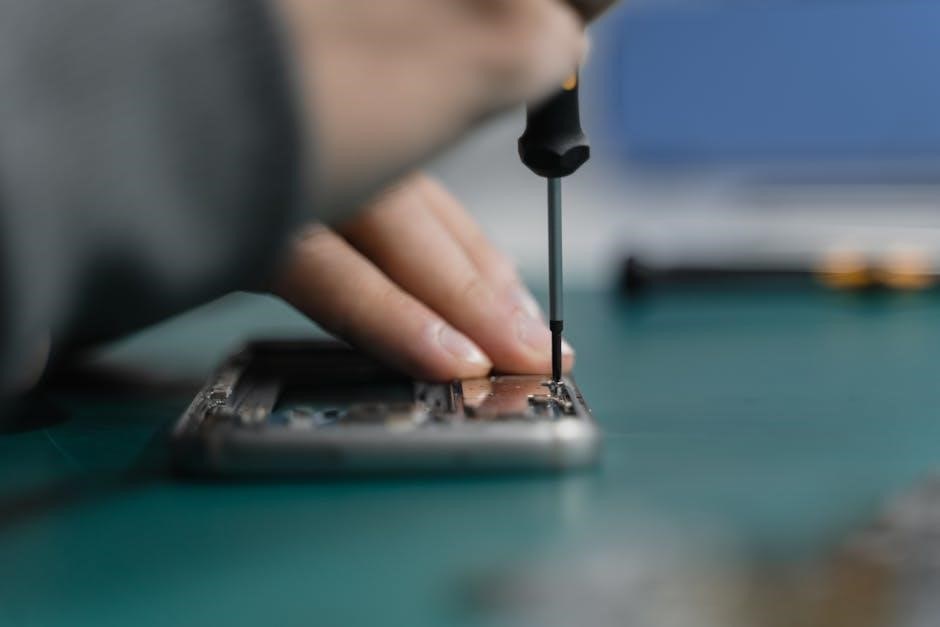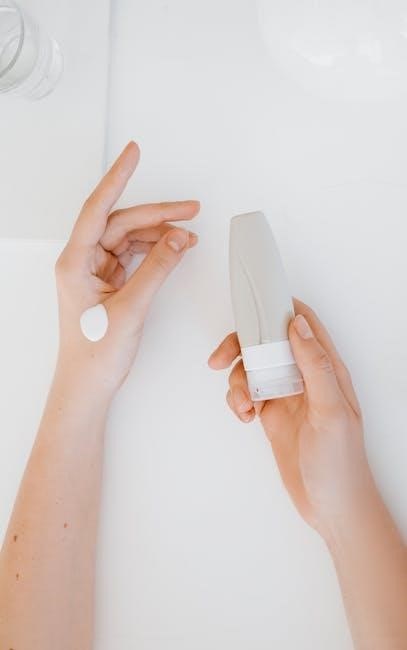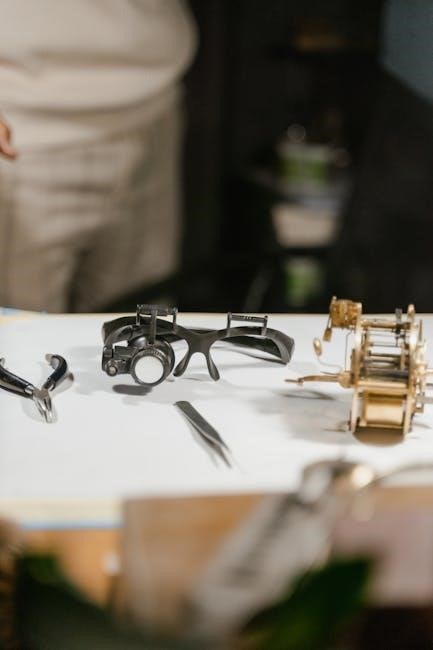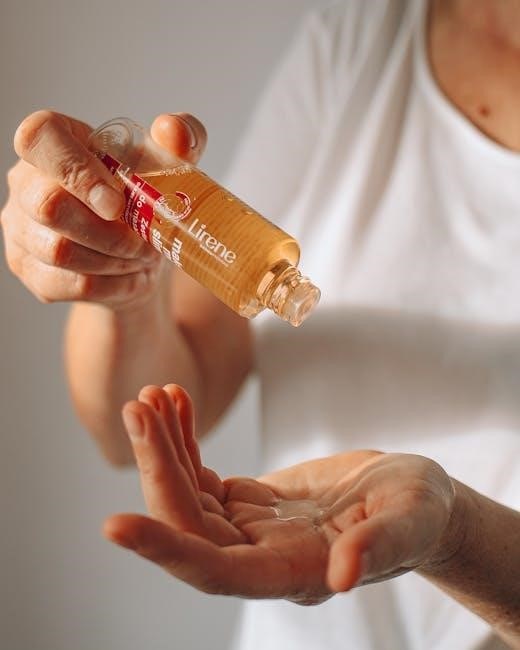Welcome to the Iris Flip Phone manual, a guide to help users navigate features and functions of their device easily and efficiently always online.
Overview of the User Manual
The Iris Flip Phone manual is designed to provide users with a comprehensive guide to their device, covering all aspects of its functionality and operation. The manual includes a setup wizard that guides users through the initial setup process, making it easy to get started with their new phone. With clear instructions and simple language, the manual is accessible to all users, regardless of their level of technical expertise. The manual also covers topics such as activating the eSIM, using the camera, and accessing the internet, making it a valuable resource for anyone looking to get the most out of their Iris Flip Phone.

Setting Up the Iris Flip Phone
The Setup Wizard guides users through initial setup and activation process easily online always.
Activating the eSIM
To activate the eSIM, turn on the phone and follow the on-screen instructions, no physical SIM is needed for service activation, making it a simple process.
The phone will guide you through the initial setup and eSIM activation, ensuring a seamless experience for users.
The eSIM activation process is designed to be user-friendly, allowing users to quickly and easily activate their service and start using their phone.
The Iris Flip Phone manual provides additional information and support for users who need help with the eSIM activation process, ensuring a smooth setup experience.
Overall, activating the eSIM on the Iris Flip Phone is a straightforward process that can be completed in a few easy steps, getting users connected quickly.
Available Resources for Iris Flip Phone
Online manuals and guides provide additional support and resources for Iris Flip Phone users always available online easily.
Manuals and User Guides
Manuals and user guides for the Iris Flip Phone are available online, providing users with easy access to information on device setup and operation. These guides include quick start manuals and user manuals, which cover topics such as activating the eSIM, making calls, and using the camera. Additionally, online resources such as YouTube videos and tutorials offer further guidance and support for users. The manuals and user guides are designed to be user-friendly and easy to understand, making it simple for users to get the most out of their device; They are available for free download in PDF format, making them easily accessible to all users of the Iris Flip Phone.

Key Features of the Iris Flip Phone
The Iris Flip Phone has multiple key features including dual screens and keypad always available online easily.
Displays and Screens
The Iris Flip Phone features two screens, an internal and external display, providing users with convenient access to information and notifications. The internal screen is large and suitable for various tasks, while the external screen displays essential details such as time, battery life, and new notifications. This dual-screen design allows users to stay informed and connected without having to constantly open their phone; The screens are designed to be easy to read and navigate, making it simple for users to access their favorite applications and features. The display settings can be adjusted to suit individual preferences, ensuring a personalized user experience.

Tutorials and Guides for Iris Flip Phone
Online tutorials and guides provide step-by-step instructions and tips always available online easily.
YouTube Channel and Online Resources
The YouTube channel offers a variety of tutorials and guides to help users get started with their device. Online resources such as user manuals and quick start guides are also available. Additionally, the website provides access to a range of tutorials and guides, including videos and interactive tutorials. These resources can help users to learn how to use their device and troubleshoot any issues that may arise. The online resources are easy to access and can be viewed at any time, making it convenient for users to learn and troubleshoot at their own pace, with new content being added regularly to the website.

Iris Flip Phone User Experience
Users can enjoy a seamless experience with easy navigation and access to various features and functions online always.
Ease of Use and Advanced Features
The Iris Flip Phone is designed to provide an easy-to-use experience, with intuitive navigation and access to advanced features. The phone’s interface is user-friendly, making it easy for users to find and use the features they need. The phone also includes advanced features such as a camera and internet access, which can be easily accessed through the phone’s menu. Additionally, the phone’s external screen displays important information such as the time, battery life, and new notifications, making it easy for users to stay informed and connected. The phone’s ease of use and advanced features make it a great option for users of all ages and skill levels.
and Final Thoughts
The Iris Flip Phone manual provides a comprehensive guide to using the device effectively always online every day.
Importance of the User Manual
The user manual is essential for understanding the features and functions of the device, it provides a comprehensive guide to help users navigate and use their phone efficiently. The manual includes instructions on how to set up the device, use the various features, and troubleshoot common issues. It is a valuable resource for users who want to get the most out of their phone. By reading the manual, users can learn how to use their phone effectively and safely, and avoid common mistakes that can damage the device. The manual is also a useful reference guide for users who need to troubleshoot issues or learn new skills. Overall, the user manual is a crucial component of the phone’s documentation.




















